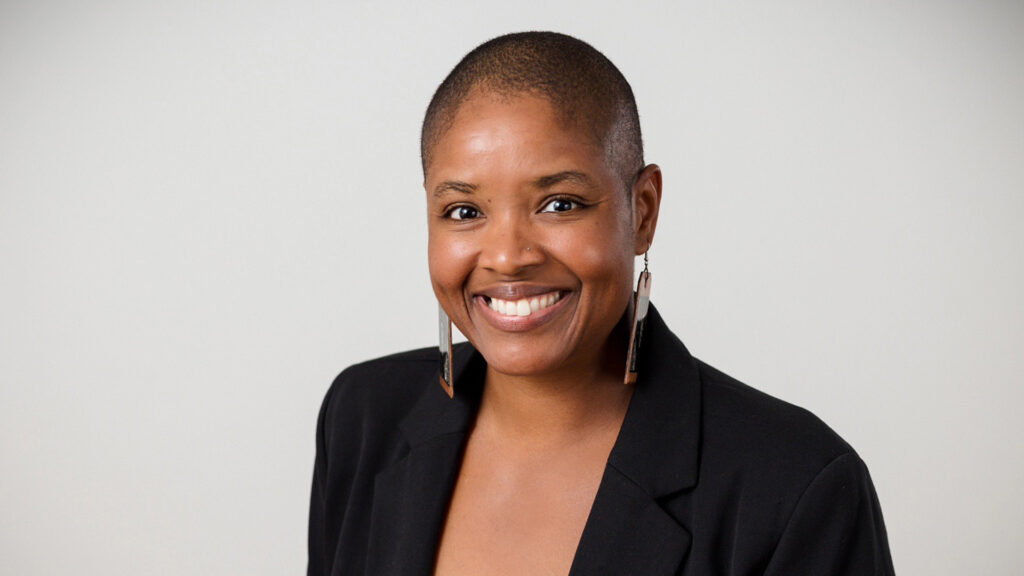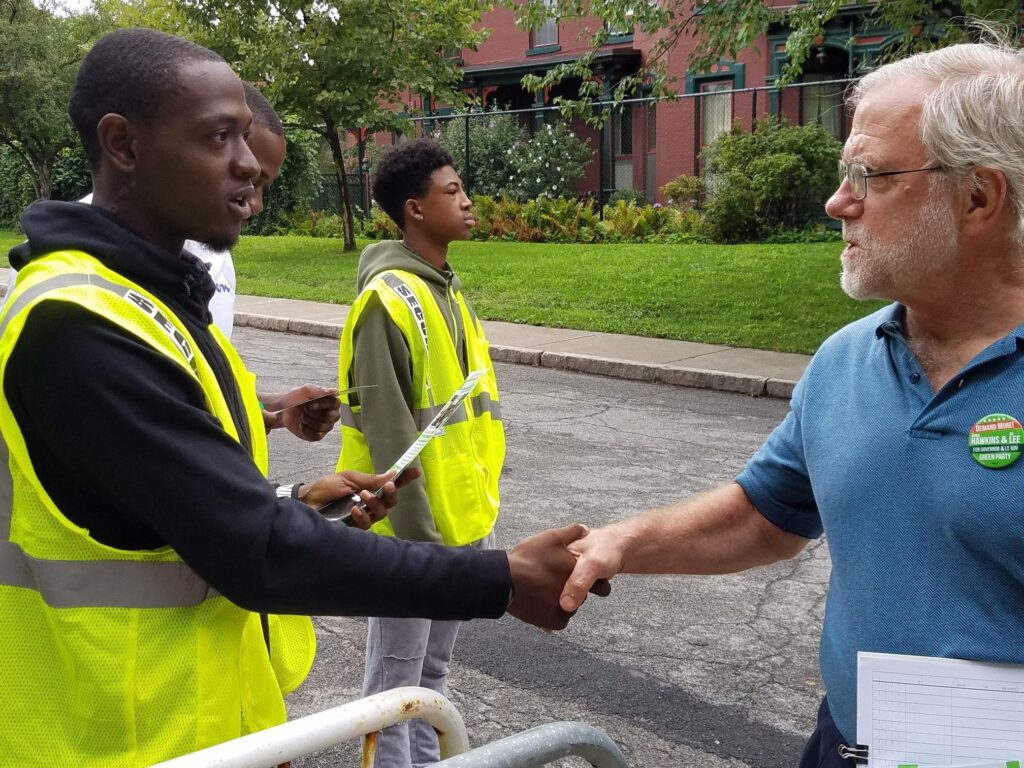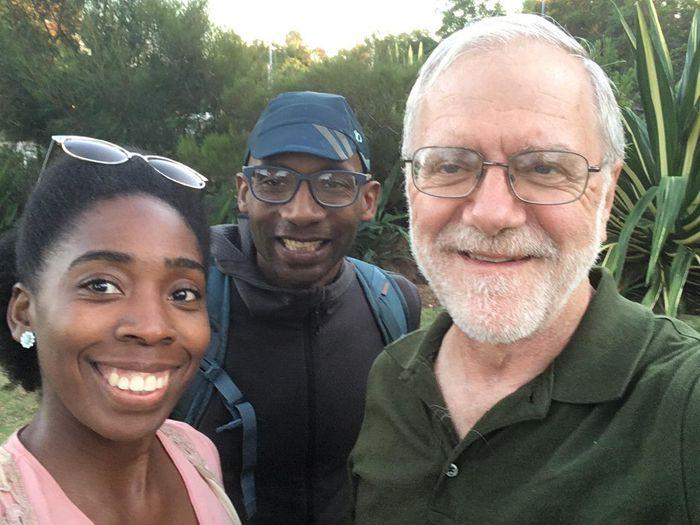Lesser-evil dynamic tramples Green presidential campaign
Share
Hawkins and Walker reflect on the 2020 election
Editorial by Howie Hawkins and Angela Walker – Green Party President and Vice President Candidates
2020 was the most difficult year yet for a Green Party presidential run because the lesser-evil dynamic was stronger than ever before. Most progressives who considered a vote for the Greens were more concerned with removing Trump from office. “Anybody But Trump” was the dominant view on the progressive side of the political spectrum – and in the media. Our campaign was blanked out by the liberal corporate media (CNN, MSNBC, NY Times, Washington Post, etc.) as well as by the progressive independent media (Democracy Now!, Common Dreams, The Nation, The Intercept, etc.).

This dynamic was reflected in open letters from progressive public intellectuals advocating no votes for the Greens – and in the refusal of publications that ran these letters to print our responses. In 2004, another year when the lesser-evil dynamic was particularly high after Bush invaded Iraq, many of these same progressive luminaries called for a “Safe States Strategy” of voting for Kerry in the battleground states but Green in the “safe” states because Kerry was still a pro-war candidate. In 2020, these same people put forward a “No States Strategy” of no votes for the Greens and all votes for Biden.
It was so bad that a number of lifelong independent socialists advocated a “No States Strategy” who in the past had regarded voting for the capitalist Democrats to be as beyond the pale as crossing a picket line to scab on strikers.
The official Federal Elections Commission count gave us 405,035 votes or only 0.3 percent. This vote is much higher than Greens received in 2004 and 2008, but substantially lower than Ralph Nader in 1996 and 2000 and Jill Stein in 2016. 2020 approaches the vote Jill Stein received in 2012. Each election has a different dynamic. For example, the 2016 dynamic of the two most unpopular major-party candidates in polling history running for an open seat resulted in higher votes for minor parties, including the Greens.
Far more than our candidates, message, and campaign execution, it is this larger dynamic in each election that determines our results. But even this range of results, from 0.1 percent in 2004 and 2008 to a high of 2.7 percent for Nader in 2000, is marginal to the overall presidential contest.
The biggest obstacle Greens face is plurality voting, which pushes progressives who would prefer to vote Green to settle for the centrist corporate Democrat to stop the far-right Republican.
The enduring power of this lesser-evil dynamic is shown by the fact that in the 46 presidential elections over 180 years since the abolitionist Liberty Party challenged pro-slavery Democrats and Whigs in 1840, independent left presidential challengers have won over 4 percent of the vote only five times. When the left did exceed 4 – with 10 percent in 1848 for Martin Van Buren and 5 percent in 1852 for John Parker Hale as the Free Soil Party candidates, 9 percent for James Weaver of the 1892 People’s Party, 6 percent for Eugene Debs of the 1912 Socialist Party, and 17 percent for Robert LaFollette of the 1924 Progressive Party – the left still finished a distant third, or fourth in 1912.
The strength of this lesser-evil dynamic is stronger today than ever before because over the last dozen years the Republican Party has congealed into a rule-or-ruin party of the far right. As exemplified by the self-described “Grim Reaper,” Mitch McConnell, the GOP Senate leader, the Republicans’ goal has been to wreck Democratic administrations rather than negotiate legislation. At both the state and congressional levels, not to mention the Trump presidency, the Republican Party has become a fascistic party united around brazen racism, nativism, conspiracism, and anti-scientific irrationalism. The incentive for progressives to vote for Democratic centrists in order to stop Republican extremists is stronger than ever.
The good news out of our campaign is the enthusiastic support we received and continue to receive from young people who support our Ecosocialist Green New Deal.
Their messages tell us that they are disappointed we didn’t receive more votes, but urge us to keep running, some of them because they will be old enough next time to vote for us. They want to fight for their futures. They know that the Biden administration has no solutions to the climate emergency, systemic racism, or the dismal educational and economic opportunities young people face today. We are getting more speaking opportunities post-election than during the election, particularly from high school and college climate justice and racial justice groups. These young people are the future of the Green Party.
So where do we go from here? We urge a focus on campaigns for local offices and for ranked-choice voting (RCV).

Greens have won over 1,200 elections over the years. We have over 100 Greens in elected office today. Our focus should be on multiplying these numbers of local Green elected officials into the thousands as we go into the 2020s. Achieving this goal will require local Green parties to be consistently engaged in community issues and movements and in year-round deep canvassing. We will win more elections when local people know and trust who we are based on our going out to listen to them and demonstrating our commitment to the community through our activism. It is on the foundation of thousands of local elected Greens that we can begin to elect Greens to state legislatures and the U.S. House and become a major force in U.S. politics. We should also focus on winning RCV to end the plurality voting system that marginalizes the Green Party. RCV is how we break the lesser-evil dynamic that pushes progressives more than ever to vote Democratic instead of Green to stop today’s Republican extremists. RCV is a reform we can win at the local, state, and federal levels in the coming years. Five more cities and another state adopted RCV in the 2020 elections. 36 cities and two states have now adopted RCV. RCV is an idea whose time has come. 45 states now have active campaigns for RCV. Greens should be in the middle of these campaigns, particularly to push for RCV in multi-member districts, which will yield proportional representation in legislative bodies. Proportional representation will transform U.S. politics to give Greens real power in the political system.
1 Comment
-
Pingback: Lesser Evil Dynamic Tramples Green Presidential Campaign | Green Socialist Organizing Project








